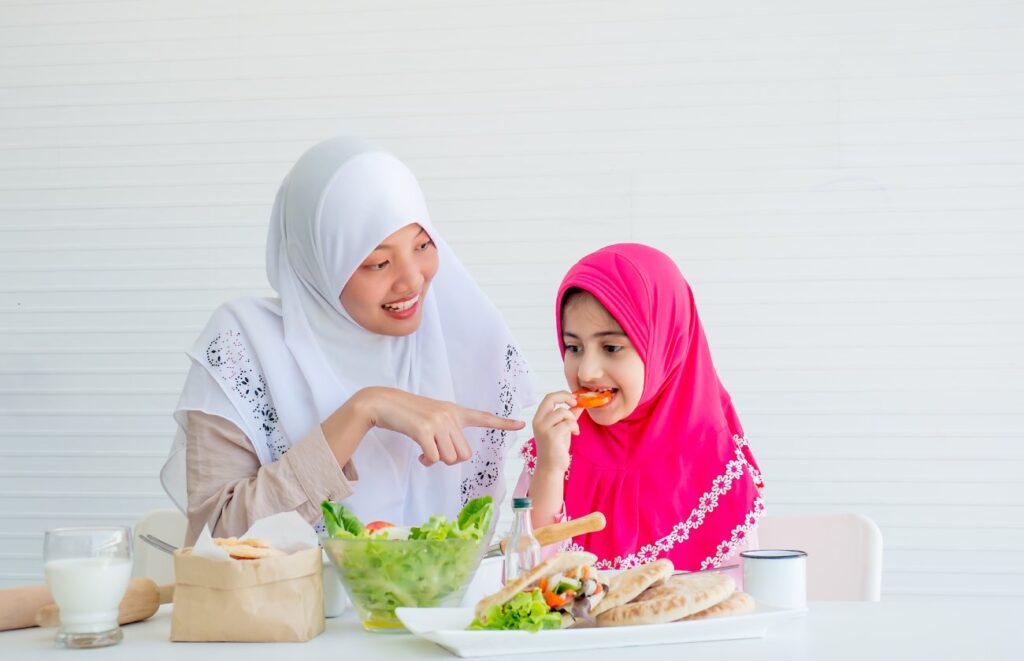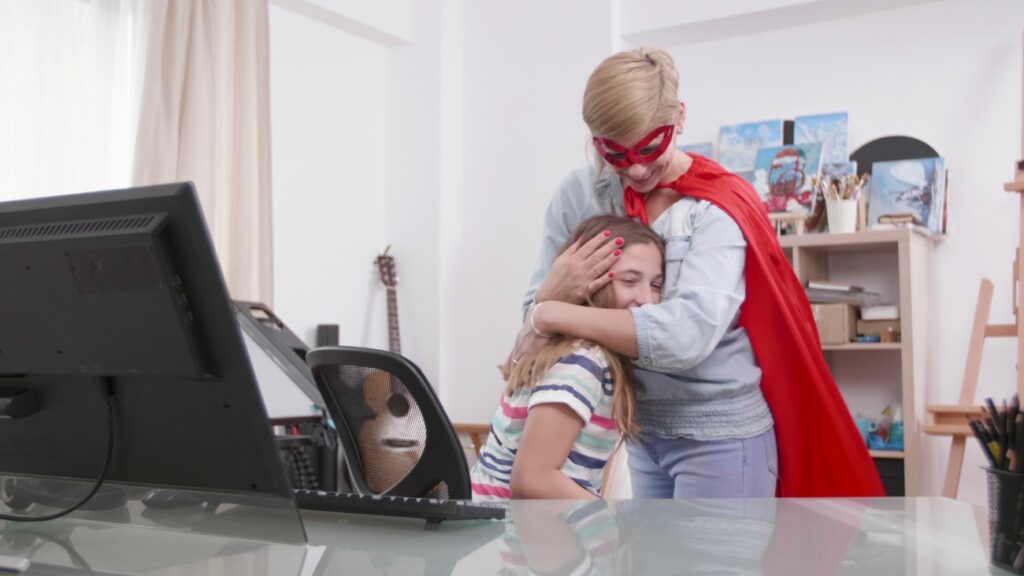Creating motivation is one of the most explored mysteries of the new age.
How to make children and people want to do tasks, commit, be involved, and persevere, When we all know that sometimes the motivation exists, and sometimes… a little less.
There are days when we get up full of energy and desire to do everything on the list of tasks we have prepared or essential activities. Still, there are days when we want to stay under the blanket and ignore the whole world, And if we still get up and do the things we need, the motivation still does not arise, but we do it anyway.
What about the kids?
How do you strengthen their sense of motivation?
 Whether to use the traditional “stick and carrot” method Or maybe it’s time to change the attitude?
Whether to use the traditional “stick and carrot” method Or maybe it’s time to change the attitude?
Approaches to creating motivation in children, like The “stick and carrot” method, ensuring penalties and gifts, usually work.
But it evokes type B motivation – reward-dependent motivation.
Our goal as parents and educators is to stimulate intrinsic motivation – a genuine desire to do that does not depend on external factors and, thus, strengthen independence, determination, and perseverance.
You’re probably wondering how you can motivate a child to take his plate and wash it, solve fifty math exercises, collect the toys, shower in the winter, taste a new dish, vote and attend class, and do other more boring chores, rejection or fear.
The answer is that motivation is always there. After all, every act our child does stems from a specific reason. We need to help the motivation reveal even when recruiting her is more complex.
How do you do that?
Gratitude!
One of the best ways is to express gratitude and appreciation.
Gratitude for children makes them feel that someone appreciates their actions, thus encouraging them to do more and more.
It sounds simple but requires a mental makeover.
Our natural tendency as human beings is to treat life as conducted in its order in an obvious way and to any difficulty, resistance, or deviation from the current as an unwanted disturbance. To encourage motivation, we must practice the opposite vision:
Learn to see the obvious and cherish it – See the half-full glass and even a tiny drop of water in an empty glass.
My son tells me he does not want to pick up the Lego and put it back in place.
Instead of telling him: “You will not open a new game until you collect the Lego.”
I’m telling him: “You played so well; maybe you will help me collect one part.” He bent down and picked up the piece and placed it in a box, and I burst into cheers. How much he relieved me by picking up the Lego piece.
burst into cheers. How much he relieved me by picking up the Lego piece.
Then he asked if I wanted him to help me and picked up another part.
I replied that I would be thrilled so he could also play faster in another game. Very quickly, the Lego parts were in their box.
According to the positive psychology approach – What you focus on grows. Therefore, if we want to increase motivation, we must focus on even the tiniest spark, treat only it and thus extinguish the fire.
And that means that…
If one of the messy clothes in our teenage daughter’s room gets in the laundry basket, we have to thank her for putting the garment in the laundry basket.
If our son opened the notebook and brought writing utensils, we should praise him even if his math efforts stopped right there.
If she sat quietly and listened for 5 minutes out of 45 minutes in the English lesson – we would tweezer and tell her that we have noticed her success.
Association to value
It is also essential to connect it to value to anchor intrinsic motivation.
My eldest son has been washing dishes since he was 3. Every time he cleaned his plate when we finished dinner, I praised him. I do not settle for “well done,” but thank him and tell him how thorough, careful, and responsible he is. I create a connection between the doing and its positive qualities. At the same time, I list the value I received from his act – when he washed dishes, it allowed me to spend time making lunch, resting, or taking care of his brother.
This way, I show him that his actions positively impact the environment.
When a child feels someone sees him, he is full of positive qualities and that his actions have meaning and influence, he wants to keep doing them.
This way, you help the motivation to grow and expand the collaboration.



